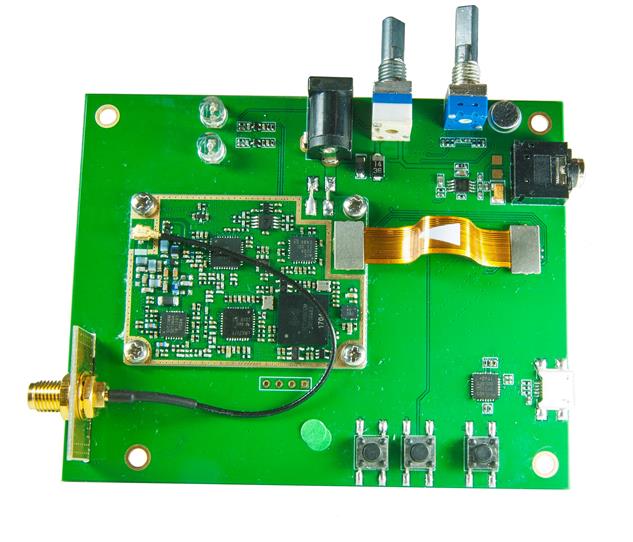By Jean-Jacques DeLisle, contributing writer
The global market for digital mobile radio is rapidly expanding. Increasingly, designers and engineers are coming up with commercial applications for digital radio technology; however, analog radio technology is still in use in many applications. The need for a technology that can easily switch between analog and digital radio signals for personal wearable radios has prompted the creation of dual-mode solutions. Voice radio operations are transitioning from analog to digital signals more and more each day. These new technologies enable developers to more easily engineer technology that can be useful throughout this transition by allowing users to easily switch between analog and digital signals.
CML Microcircuits recently announced a line of products designed to address the needs of portable radio applications operating at 2 W and 5 W, both short and medium ranges. Highly integrated solutions such as the SCT9389 include dual-mode utilization. The SCT9389 is made up of an SCT3268TD digital baseband processor including an embedded host controller, an RF power amplifier, and an RF receiver all packed into a relatively small single-form-factor design that measures only 48 × 35 mm.

The new design is specifically engineered to meet European standards and utilizes CML Microcircuits’ direct conversion technology, making switching from analog to digital signals easy. The device features a fully embedded protocol stack that includes the physical layer as well as the data link and control layers. For those engineers who are less familiar with PMR requirements, having a readily made solution for RF needs can dramatically speed up development time.
The SCT9389 supports various formats including analog technologies such as clear voice, CTCSS, and DCS as well as digital voice (dPMR/DMR — private and group call), digital data (short message), and digital supplementary service (dPMR/DMR). This means that the transition from analog to digital information is fully supported. Another interesting feature of the SCT9389 is its ability to detect and automatically switch between analog and digital modes as needed. The technology has been developed for use in small digital radios and wearable tech that operates at up to 2-W system power.
CML Microcircuits also released a range of reference designs that provide designers with a turnkey solution for digital mobile radio design. The reference design includes Gerber files, bill of materials, firmware, and software needed to develop a dPMR/DMR/analog mobile radio. It’s available free of charge to qualifying customers. A design example is the SCT9366D based on the SCT3258TD digital baseband processor, suitable for devices operating at up to 5-W transmit power.
As the world transitions from analog to digital radio, the need for technology that can integrate with both will continue to grow. Solutions like this could be a big step in advancing into the digital age by allowing designers to comply with rigorous standards and simultaneously be able to interface with older technology.
Advertisement
Learn more about CML Microcircuits





